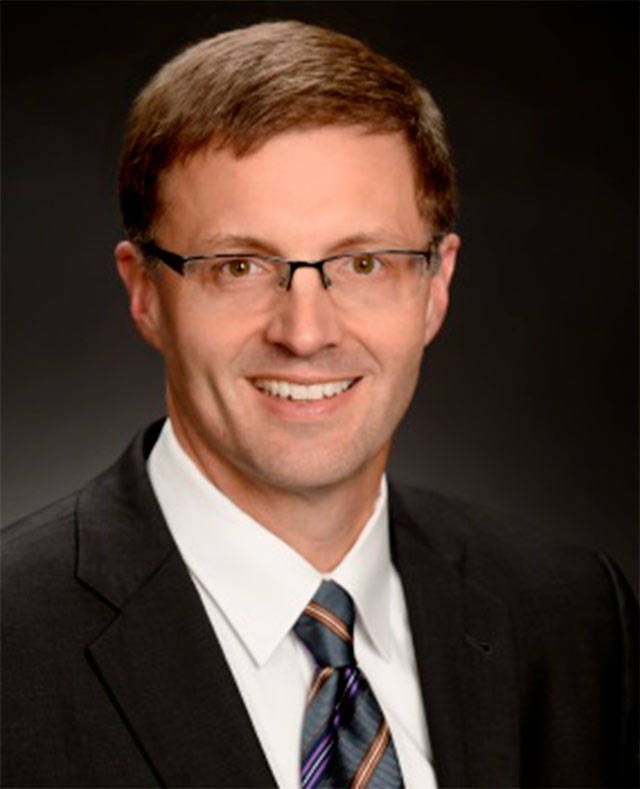Since kids aren’t going to be tested for COVID-19 until they get to school, what happens if they take the bus?
That question and many others were asked at the Bainbridge Island School District Community Conversation Tuesday via Zoom.
“Of course that’s not ideal,” superintendent Peter Bang-Knudsen said, adding he encourages parents to drive their children to school if they can.
School has a tentative date to start Nov. 2 for kindergarteners and first-graders, with other elementary school students starting gradually after that as long as things go well. Middle and high schoolers probably won’t be back until second semester.
Precautions will be taken on buses to make them safer. Riders must wear masks, windows will be lowered for better air circulation and they will be cleaned and disinfected often.
School board vice president Christina Hulet said each parent needs to weigh the risk vs. their comfort level.
“Each of us has to make the call,” she said.
School board president Lynn Smith said to make going to school work everyone has to do their part.
“There’s only so much the school district can control,” she said. “We really need to lean on the community.”
No matter what the district plans, things could change depending on data from the Kitsap Public Health District.
“The best we can do is over plan,” Smith said.
Hulet added: “It’s a challenge responding to data on a weekly basis. If numbers rise and we have to pivot we will. We don’t know what’s going to happen in the next few weeks.”
Recently, the county had 29 cases per 100,000 people, which put it close to the low-risk mark of 25. This week, it’s back up to 39. The district uses county rather than just Bainbridge numbers, which are much lower, because some of its staff lives off the island.
But data is only one of three things needed to open schools. Safety measures need to be in place, along with being able to monitor and respond if someone gets the coronavirus.
An area the district is still working on is how to group kids to minimize exposure. Also regarding that, there would be no recess or lunch. Students will be broken up into morning and afternoon sessions so there “won’t be as many kids at one time,” Bang-Knudsen said.
Another issue is not enough testing in the community.
The district could get help from the City Council on that Oct. 12. That’s when they will vote on setting up a community testing site that could get results from the University of Washington in 12 to 24 hours.
One key to success is for parents to keep their kids home if they are sick.
“Play it safe,” Bang-Knudsen said.
Hulet added, “Don’t give kids Tylenol and send them in.”
The superintendent said 27 special needs kids in grades K-12 already are in-person learning, along with eight preschoolers and six adult learners.
Asked why K-1 students are going back first, Bang-Knudsen said: “It’s really hard for 5- and 6-year-olds to stay engaged at a computer.”
Since those grades normally stay in the same class, “Little kids are much easier to cohort,” Smith said.
As to which groups might go next, it was suggested that students with IEPs and English Language Learners might need the most help. The superintendent recommended parents of those students should reach out to their schools.
No matter what the situation, Bang-Knudsen said the school district will do what it can to help as much as it can, realizing COVID-19 is raising havoc with everyone’s lives.
“We will work with you,” he said.



